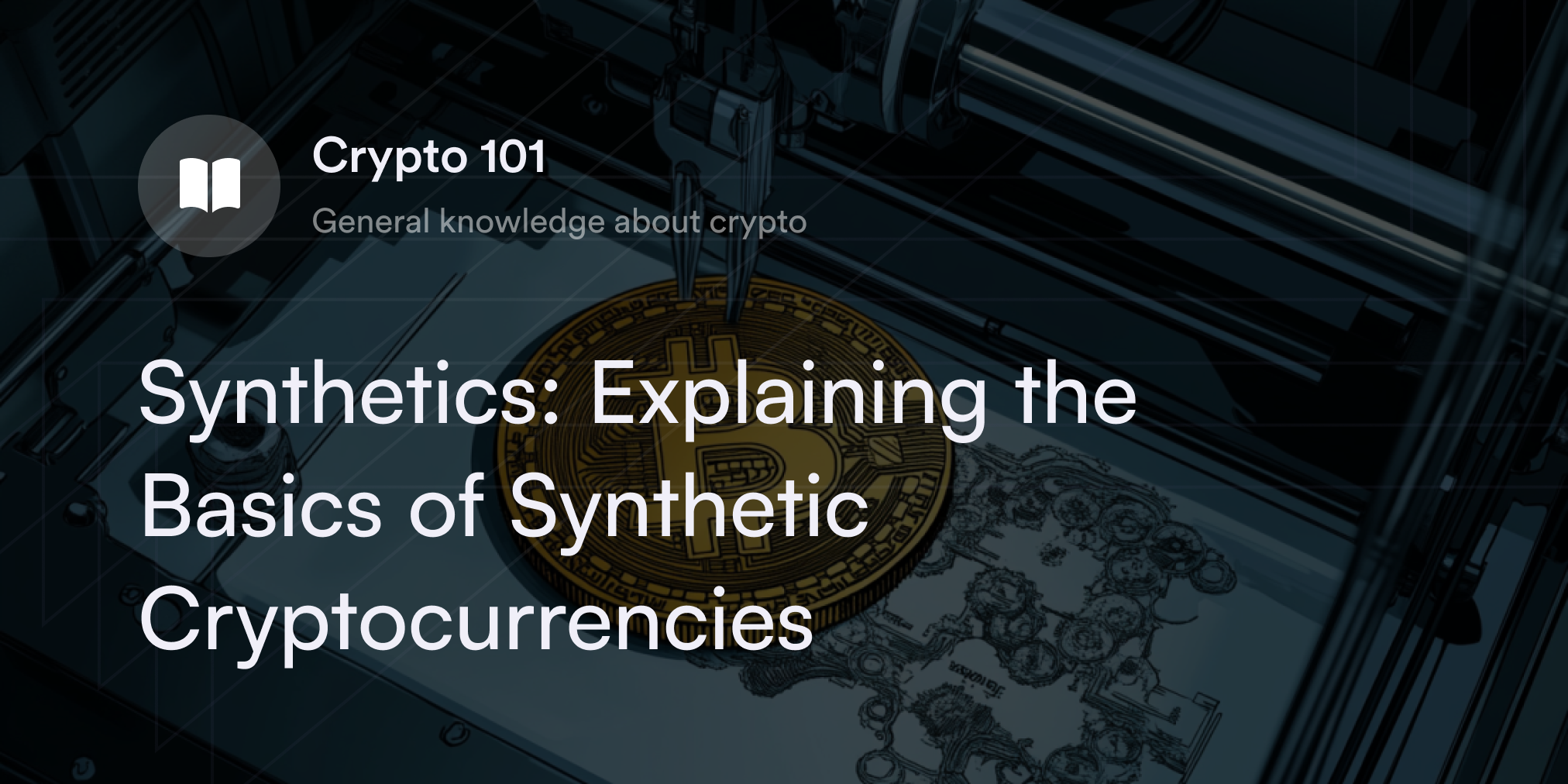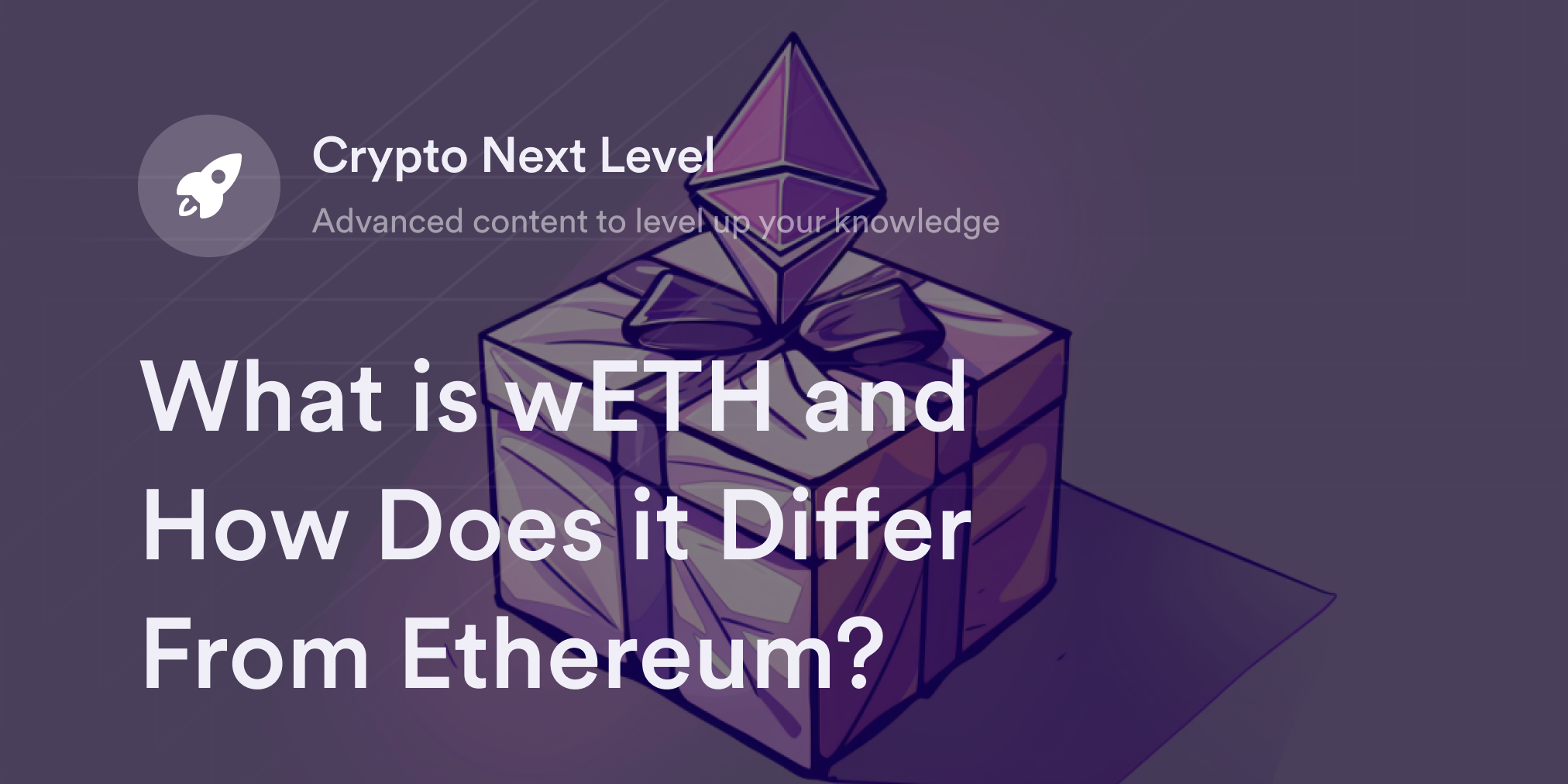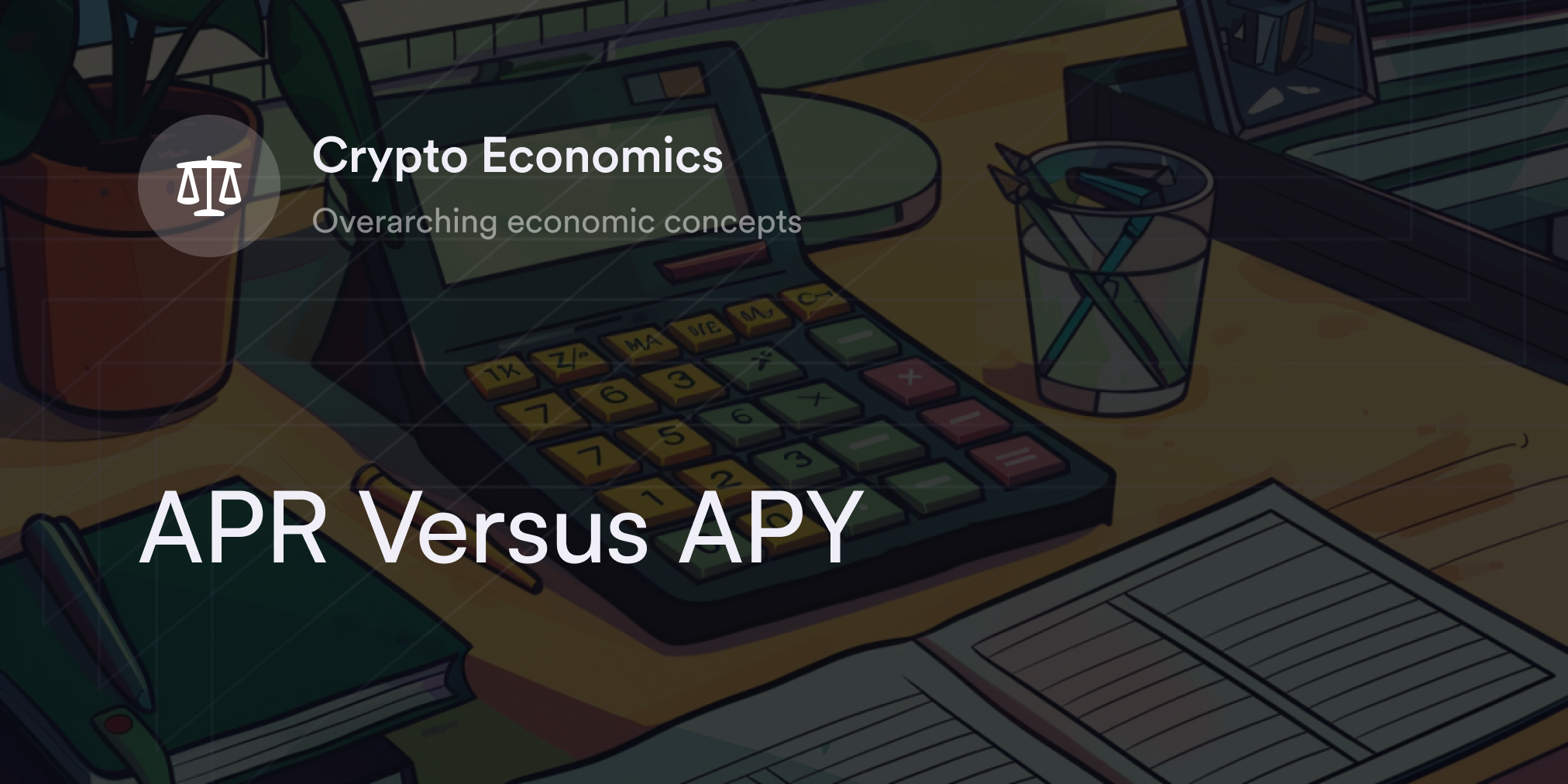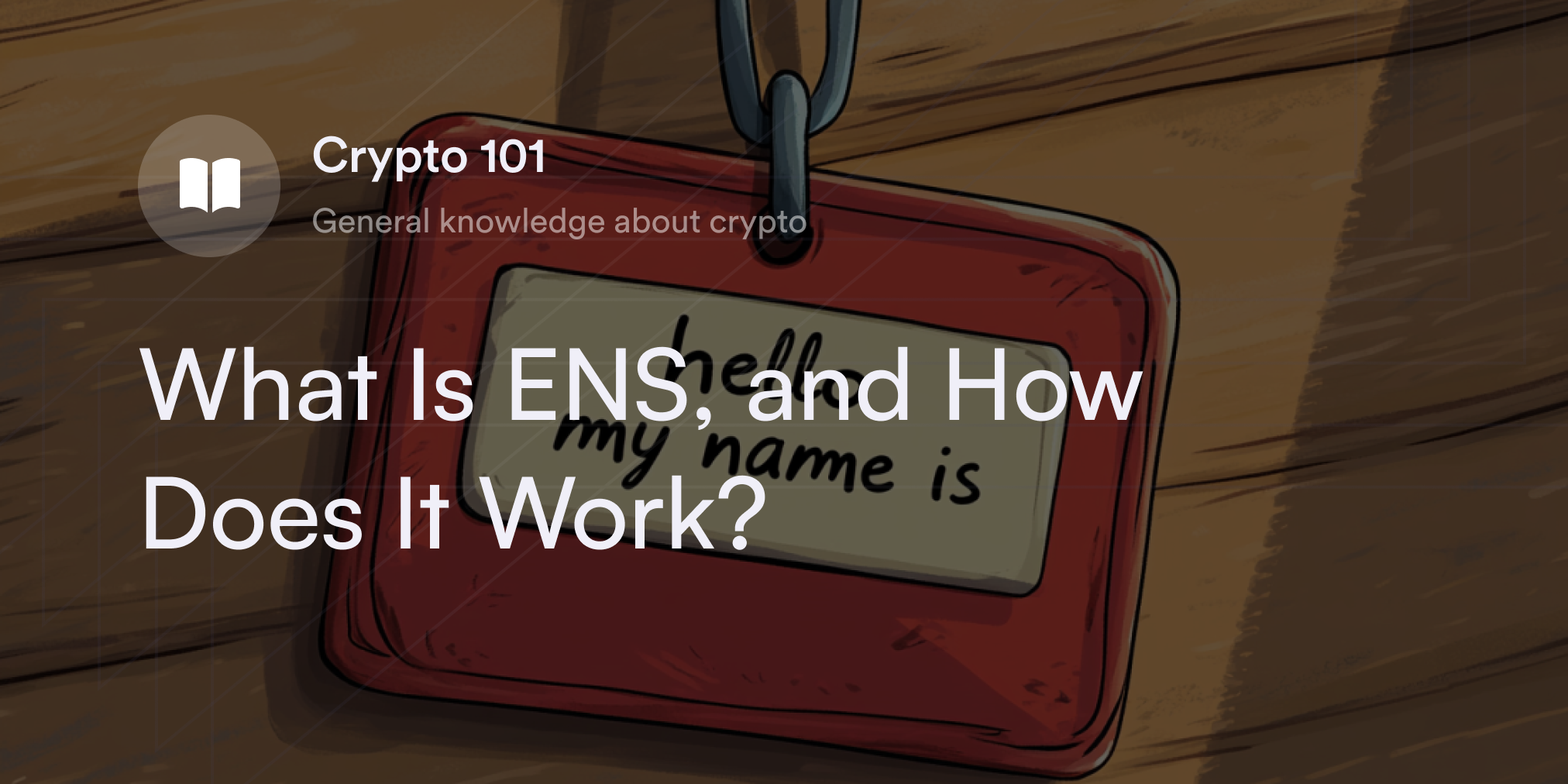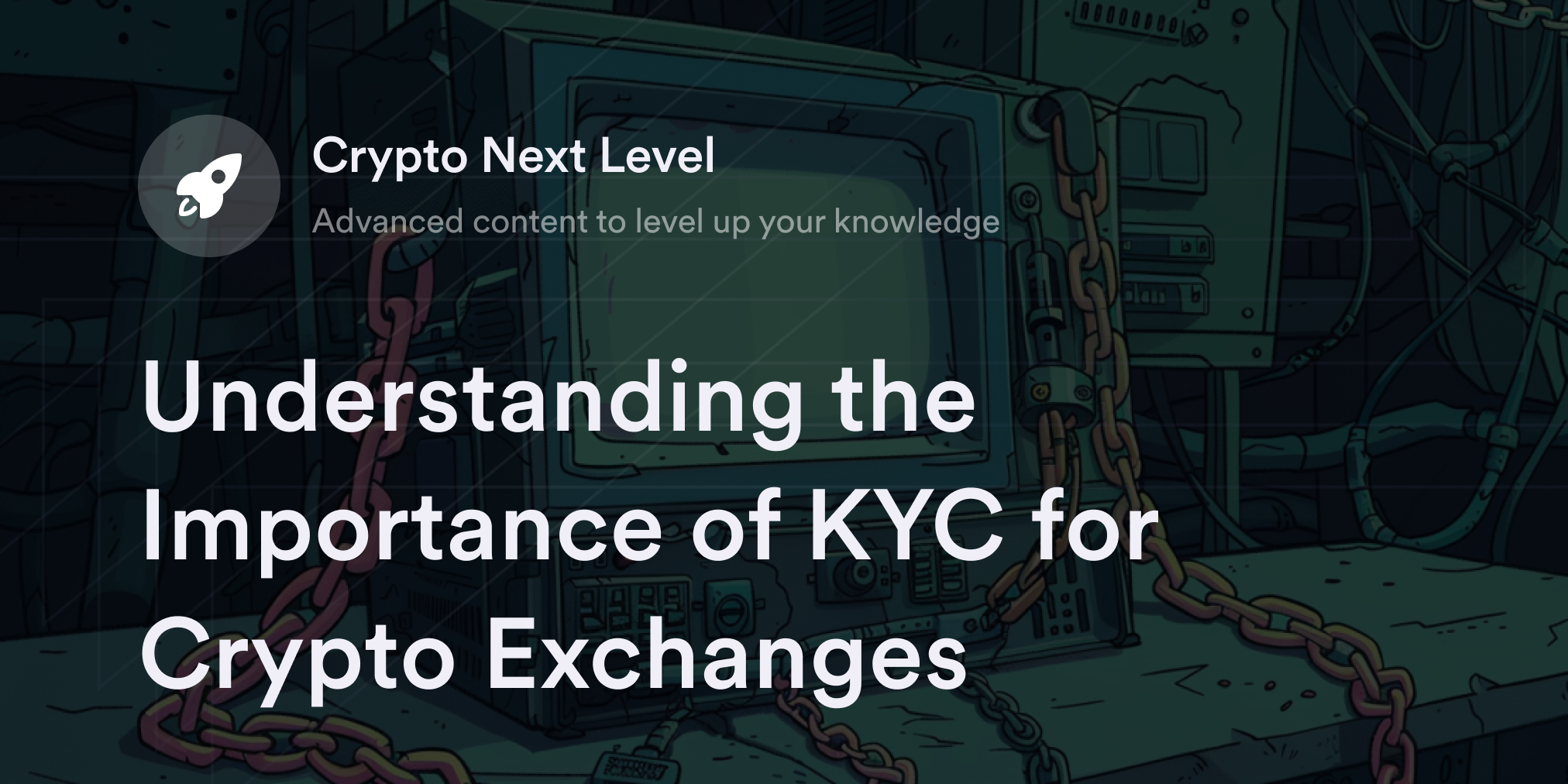
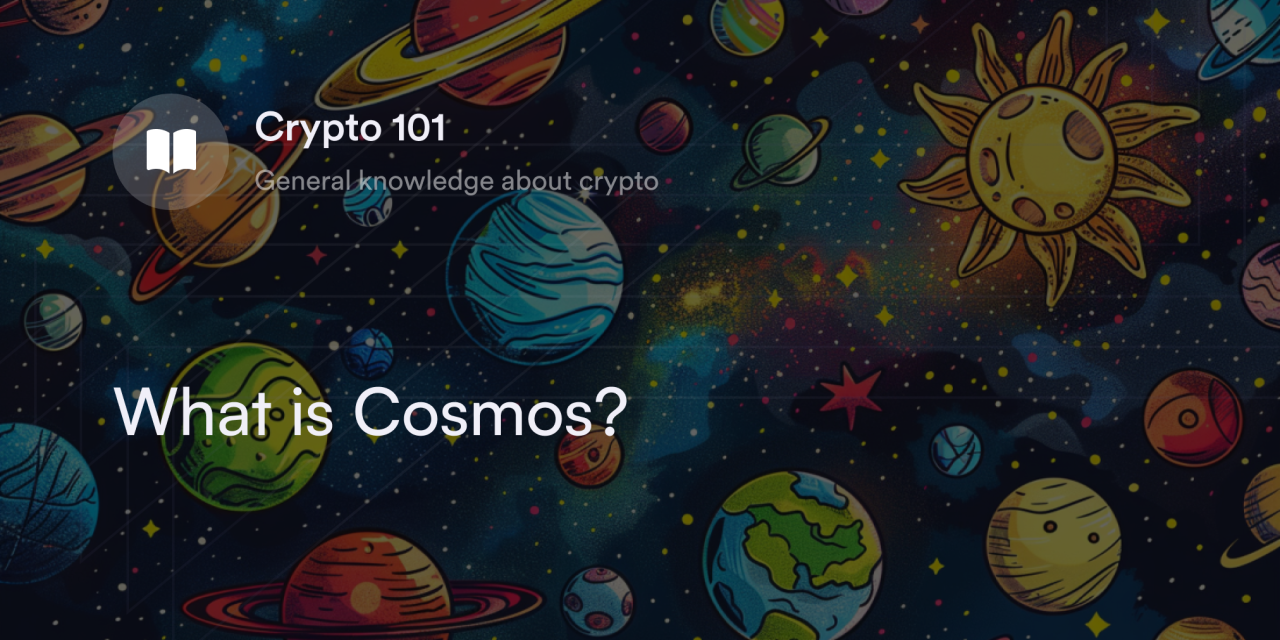

The Cosmos protocol has garnered a lot of attention and supporters in the cryptocurrency space in recent years––primarily because the blockchain lets people create their own crypto projects. But it’s not just crypto enthusiasts and blockchain developers excited about Cosmos’s expanding ecosystem. In 2022, multi-billion-dollar ETF manager VanEck brought mainstream attention to Cosmos with a detailed report on the project. According to VanEck’s analysis, Cosmos’s advanced technology and ambitious goals have the potential to fundamentally change the digital assets space.
But what is Cosmos, and why do analysts believe it’s a significant evolution in blockchain technology?
What is the Cosmos Cryptocurrency Project?
Cosmos, a decentralized cryptocurrency blockchain, gives third-party developers the tools to design and launch new stand-alone crypto projects. Although this isn’t a new concept in the cryptocurrency universe and Cosmos draws inspiration from previous blockchains like Ethereum, it provides programmers greater flexibility and sovereignty over their crypto protocols.
Developers who build on the Cosmos Network don’t use Ethereum’s smart contract model to create their applications. For context, smart contracts are specialized blockchain programs that execute functions per pre-coded commands. Although smart contracts remove intermediaries from decentralized applications (dApps) on Ethereum, they force dApp developers to rely on Ethereum’s blockchain rather than create a self-sovereign chain. Cosmos, however, splits its executive and application functions into two layers—Tendermint Core and the Application BlockChain Interface (ABCI)—giving developers more flexibility to design blockchains.
Before launching Cosmos, cofounders Jae Kwon and Ethan Buchman developed a new proof-of-stake (PoS) crypto validation system called Tendermint. Like other PoS systems, nodes on the Tendermint network lock a set cryptocurrency amount to validate transactions and earn crypto rewards. In 2019, Kwon and Buchman launched the Cosmos blockchain using Tendermint’s software as the base layer. Swiss nonprofit Interchain Foundation manages the funding activity for the Cosmos blockchain.
How Does Cosmos Work?
Cosmos has a software architecture split between a base consensus protocol and an application-specific layer. Tendermint Core serves as the Cosmos Network’s “foundation layer,” responsible for recording and validating transactions, organizing on-chain governance, and securing the protocol. Cosmos validators stake the blockchain’s ATOM coins on Tendermint Core to process transactions and receive ATOM every time they confirm transfers on the blockchain.
Although Cosmos’s ABCI enjoys the Tendermint Core layer’s security, it provides developers with considerable autonomy. Unlike Ethereum, third-party developers on Cosmos don’t need to rely on a specific token's coding standards, such as Ethereum’s ERC-20, or abide by the underlying blockchain’s governance and fee structures. Instead, Cosmos provides a software development kit (SDK) with helpful tools like Go coding samples to help developers compose a self-sufficient blockchain on the ABCI.
Cosmos also uses its Inter-Blockchain Communication (IBC) to “bridge the gaps” between various blockchain projects. Thanks to the IBC, blockchains in the Cosmos ecosystem seamlessly transfer cryptocurrencies between networks with low fees and fast confirmation speeds. To connect blockchains through the IBC, Cosmos uses a “hub/zone” model where “zones” refer to separate blockchain networks and “hubs” are shared blockchains that link to multiple zones in the Cosmos ecosystem. Since its launch in 2019, the Cosmos Hub has been the network's most significant connection point.
What’s the Purpose of Cosmos?
Cosmos's mission is to provide separate blockchain protocols with a secure and simple way to communicate with each other. Currently, each crypto network has different coding standards that work well within their self-contained systems but make it difficult to interact with other blockchains. For example, traders can't send Bitcoin (BTC) to an Ethereum (ETH) wallet address because BTC's blockchain doesn't understand ETH's coding standards. This communication breakdown in crypto is often called the "interoperability problem." Cosmos aims to address the interoperability challenges in the cryptocurrency space through its IBC technology and hub/zone architecture.
But Cosmos isn’t content to create a diverse ecosystem of blockchains within its network. Its team believes the cryptocurrency’s software design facilitates an “internet of blockchains.” Put another way, Cosmos wants to be the hub through which every blockchain and dApp in the crypto industry transfers data. Like how the internet is the foundation for countless web-based applications, Cosmos wants to be the foundational protocol to connect self-sovereign blockchains in Web3.
What is ATOM and What is it Used for?
ATOM is the native cryptocurrency of Cosmos and plays a significant role in the security and governance of the Cosmos blockchain. Everyone using the Cosmos blockchain has to pay a small amount of ATOM to cover transaction fees when transferring coins or making a purchase on the blockchain.
First, nodes need to stake ATOM on Tendermint Core to secure the blockchain and get the chance to validate ATOM transactions. Whenever Cosmos's PoS algorithm chooses a validator to broadcast a new transfer block, the winning node receives an ATOM coin percentage as compensation. Cosmos also has a "lock-up" period of 21 days, meaning anyone staking ATOM on-chain needs to wait 21 days for a withdrawal request to process.
Next, Cosmos validators must stake more ATOM than the 175th largest staking provider on the network, which is around 84,115 ATOM (or about $950,000) at the time of writing. However, anyone can "delegate" as little as 1 ATOM to a staking pool to earn crypto rewards. Many cryptocurrency exchanges, wallets, and decentralized finance (DeFi) sites offer third-party ATOM staking services for those interested in delegating their crypto.
Remember, ATOM validators can use their cryptocurrency to vote for or against proposed upgrades to the Cosmos network. But ATOM delegators don't enjoy voting privileges, and they risk losing their cryptocurrency if the validator they choose “misbehaves.”
Where can You Buy ATOM?
Given Cosmos’s mainstream status in the cryptocurrency market, it’s easy to find ATOM on many centralized exchanges (CEXs) and decentralized exchanges (DEXs). For instance, prominent CEXs Coinbase and Kraken have ATOM on their trading platforms.
To find a complete list of markets offering ATOM trading pairs, visit a crypto price aggregator website like CoinMarketCap or CoinGecko, and search for “Cosmos” or “ATOM.” On the dedicated Cosmos page, scroll down to the “Markets” tab to see a list of exchanges offering ATOM.
Examples of Cosmos Crypto Projects
Dozens of Web3 developers use the Cosmos SDK to create exciting blockchain projects. Plus, a few multibillion-dollar CEXs like Binance rely on Cosmos's Tendermint software to build some of crypto's largest blockchains.
Binance Smart Chain (BSC): Developed by Binance, the BSC is a PoS blockchain similar to the Ethereum network. People on the BSC have access to dozens of dApps in fields, such as play-to-earn games, DeFi, and non-fungible token (NFT) trading.
Cronos: Cronos associates with the Crypto.com exchange. Like the BSC, people on Cronos enjoy low-fee decentralized services, such as crypto trading, NFT collecting, and metaverse gaming.
Osmosis: The Osmosis chain is one of the largest DEXs in the Cosmos Network. Traders link their Cosmos crypto wallets to Osmosis to enjoy peer-to-peer (P2P) crypto swaps. People can also “yield farm” on Osmosis by locking their cryptocurrency in liquidity pools to earn fees from daily trading activity.
dYdX’s v4 Chain Moves to Cosmos
To offer crypto traders an even faster and low-fee trading experience, dYdX has decided to launch our stand-alone v4 blockchain on the Cosmos Network. Cosmos's security, speed, and scalability fit perfectly with dYdX's mission to provide traders with the fastest and cheapest crypto derivatives trading experience along with full decentralization.
To learn more about trading crypto futures like perpetual swaps, explore our Academy. And to get the latest updates and know more about our products, head to dYdX's blog.
Start trading on dYdX today!
Disclaimer
The content of this article (the “Article”) is provided for general informational purposes only. Reference to any specific strategy, technique, product, service, or entity does not constitute an endorsement or recommendation by dYdX Trading Inc., or any affiliate, agent, or representative thereof (“dYdX”). Use of strategies, techniques, products or services referenced in this Article may involve material risks, including the risk of financial losses arising from the volatility, operational loss, or nonconsensual liquidation of digital assets. The content of this Article does not constitute, and should not be considered, construed, or relied upon as, financial advice, legal advice, tax advice, investment advice, or advice of any other nature; and the content of this Article is not an offer, solicitation or call to action to make any investment, or purchase any crypto asset, of any kind. dYdX makes no representation, assurance or guarantee as to the accuracy, completeness, timeliness, suitability, or validity of any information in this Article or any third-party website that may be linked to it. You are solely responsible for conducting independent research, performing due diligence, and/or seeking advice from a professional advisor prior to taking any financial, tax, legal, or investment action.
You may only use the dYdX Services in compliance with the dYdX Terms of Use available here, including the geographic restrictions therein.
Any applicable sponsorship in connection with this Article will be disclosed, and any reference to a sponsor in this Article is for disclosure purposes, or informational in nature, and in any event is not a call to action to make an investment, acquire a service or product, or purchase crypto assets. This Article does not offer the purchase or sale of any financial instruments or related services.
By accessing this Article and taking any action in connection with the information contained in this Article, you agree that dYdX is not responsible, directly or indirectly, for any errors, omissions, or delays related to this Article, or any damage, injury, or loss incurred in connection with use of or reliance on the content of this Article, including any specific strategy, technique, product, service, or entity that may be referenced in the Article.


